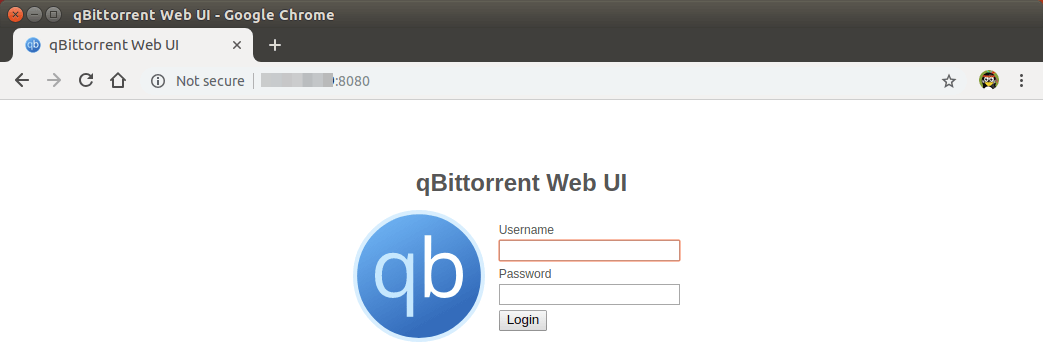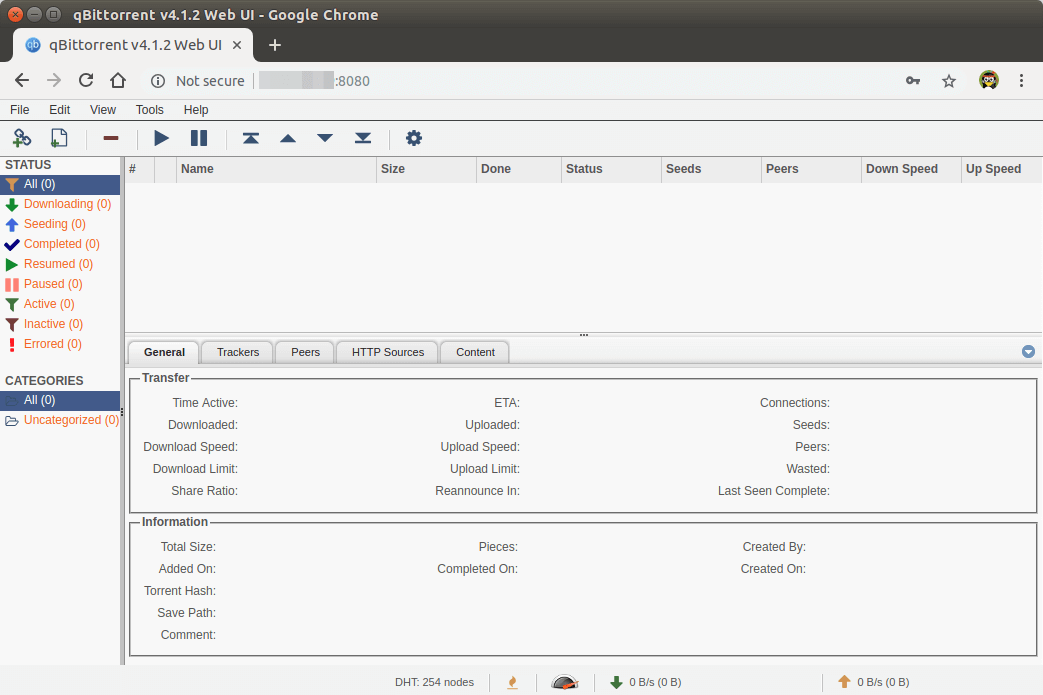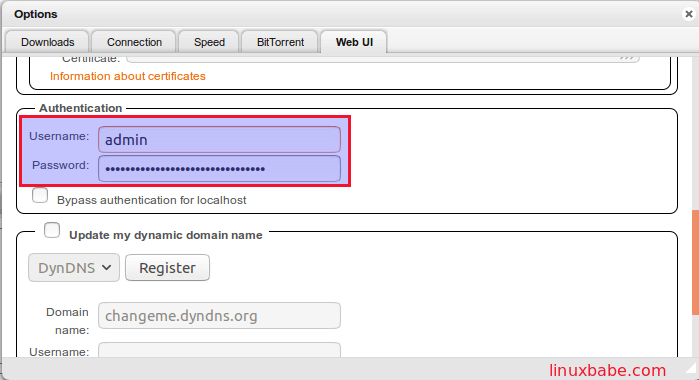Como instalar Samba com Webmin no Ubuntu Server 20.04 - VMIA BLOG
Neste post iremos demonstrar a instalação do Samba (compartilhamento de arquivo) com Webmin (Interface de configuração de diversos servidores) no Linux Ubuntu Server 20.04 sem interface gráfica.
Os servidores Linux são muito bons em segurança e desempenho, a instalação do Ubuntu Server 20.04 tem somente 900MB. E pode ser executado em diversos computadores e máquina virtual. Não exige muito hardware.
O Samba é um ótimo programa para compartilhar arquivo no Linux que simula um servidor Windows e pode ser acessado por todos os sistemas operacionais. O Webmin é uma interface web que facilita a administração de diversos programas Linux, ao invés de ser administrador pela linha de comando uma interface visual ajuda muito.
Instalação Samba Ubuntu Server 20.04
1) Instalação TaskSel
sudo apt install tasksel
2) Instalação do Samba via tasksel
sudo tasksel install samba-server

3) Faça uma cópia do arquivo de configuração do samba, e crie outro somando os conteúdos.
sudo cp /etc/samba/smb.conf /etc/samba/smb.conf_backup
sudo bash -c ‘grep -v -E “^#|^;” /etc/samba/smb.conf_backup | grep . > /etc/samba/smb.conf’
4) Defina um usuário do samba e sua senha.
sudo smbpasswd -a vmia

5) Crie um diretório que terá os arquivos compartilhados
e defina permissão para acesso.
sudo mkdir /var/smb
sudo chmod 777 /var/smb/
6) Abra o arquivo smb.conf para edição e adicione
o trecho abaixo no final do arquivo.
sudo nano /etc/samba/smb.conf
ADICIONAR NO FINAL DO ARQUIVO
/***********************************************************************
[homes]
comment = Diretorio do Usuario
browseable = yes
read only = no
create mask = 0700
directory mask = 0700
valid users = %S
[public]
comment = Acesso publico
path = /var/smb/
browsable =yes
create mask = 0660
directory mask = 0771
writable = yes
guest ok = yes
**********************************************************************/

7) Reinicie o processo do Samba.
sudo systemctl restart smbd
Após o procedimento acima você já pode acessar os dois compartilhamentos criados.






